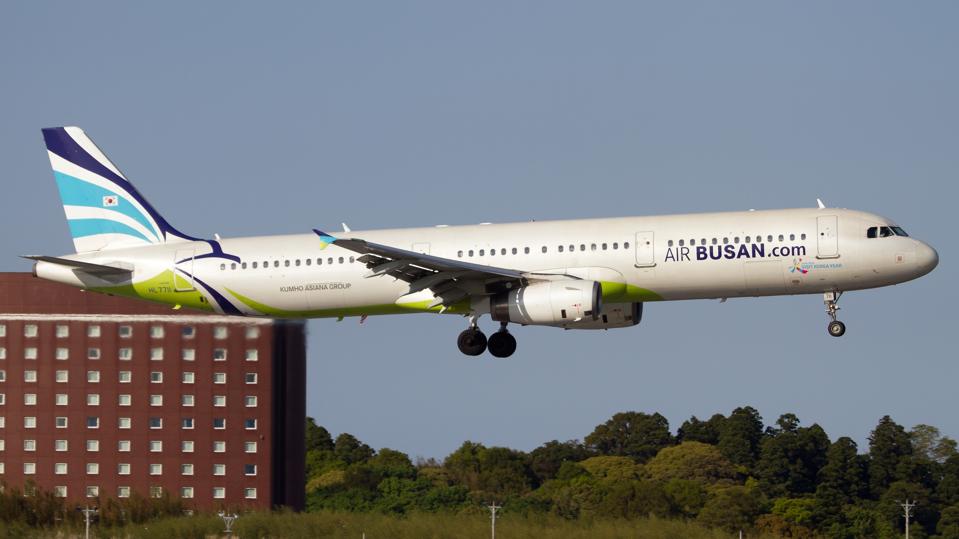A South Korean airline no longer allows portable chargers in luggage stored in overhead bins after a lithium battery is suspected of causing a fire that destroyed a passenger jet last week.

An Airbus A321 operated by South Korean budget airline, Air Busan was destroyed last week in a fire suspected to have been caused by a lithium battery. (Photo by Fabrizio Gandolfo/SOPA Images)
LightRocket via Getty Images
Key Takeaways
- Following a fire that destroyed a passenger jet, South Korean budget carrier Air Busan no longer allows carry-on luggage containing portable chargers to be stored in overhead bins, Reuters reported Tuesday.
- The South Korean government is reviewing procedures on the handling of batteries inside aircraft, The Korea Times reported.
- Local media reported the blaze was caused by a portable battery stored in the overhead bin of the Airbus A321, but South Korean authorities have yet to announce an official cause of the fire.
- In the U.S., the Federal Aviation Administration (FAA) has reported 593 lithium-fire incidents on planes since it began tracking them in 2006.
- “Battery transportation safety is a priority for the FAA,” the agency said in an email to Forbes, adding that it provides resources for both passengers and airline crews and requires airlines to report incidents.
- In recent years, the majority of lithium-battery incidents reported by U.S. carriers have involved cell phones, portable chargers and e-cigarette or vape pens.
News Peg
On Jan. 28, an Air Busan plane preparing for takeoff burst into flames at Gimhae International Airport in South Korea, resulting in seven injuries and forcing 176 passengers and crew members to be evacuated on inflatable slides, CBS reported. Some passengers told Yonhap News Agency, a major Korean news service, that they saw flames in an overhead compartment at the rear left of the aircraft, along with crackling sounds and smoke. Passengers flying Air Busan must now keep power banks with them in their seats so any overheating, smoke or fire can quickly be spotted and extinguished.
Key Background
“The prevalence of lithium batteries is a potential hazard to aircraft safety,” one FAA study states, due to “the potential to undergo a process called thermal runaway,” which is an uncontrollable and rapid rise in temperature and pressure and the release of flammable gases. The most recent lithium-battery event reported by the FAA is a flight on Jan. 15 from Washington Dulles International Airport to San Francisco International Airport, when a passenger’s cellular phone went into thermal runaway and a flight attendant put it into a thermal containment bag without disrupting the flight.
Big Number
81 incidents. That’s how many lithium-battery events were reported to the FAA in 2024—an average of 1.6 per week.
Crucial Quote
“We’ve got data that shows that the flight crews are handling [lithium-battery incidents] pretty well,” John Cox, aviation safety expert, told Forbes. “These things produce so much smoke that it generally will get people’s attention plus the smell of the smoke is very pungent and it’s very noticeable.”
Look back on the week that was with hand-picked articles from Australia and around the world. Sign up to the Forbes Australia newsletter here or become a member here.


